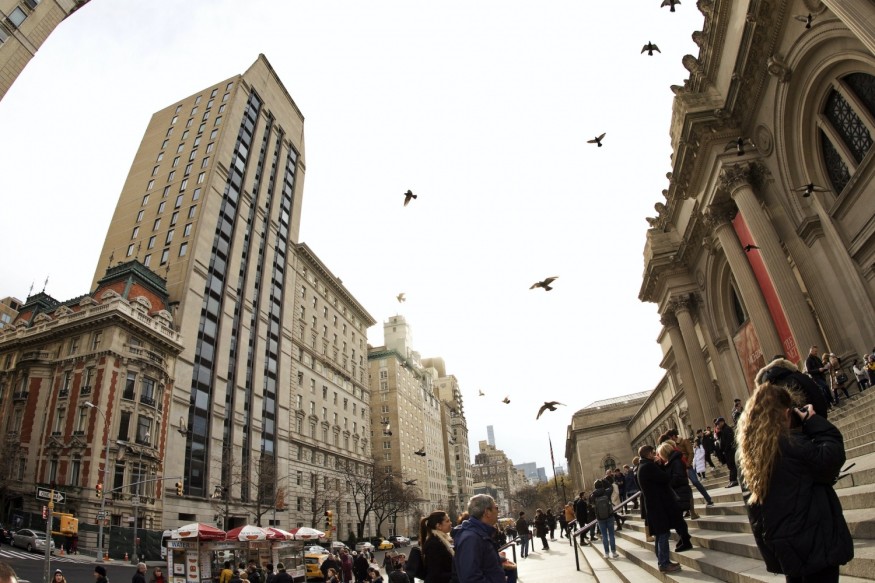Urban birds became "less fearful" towards humans following the lockdowns and restrictions brought by the COVID-19 pandemic in 2020, according to a new study led by scientists in the United States and Finland.
These novel findings came after researchers studied birds in cities before, during, and after the "anthropause" or halt of human activity due to the coronavirus.
The said pandemic forced many people worldwide to stay in their homes, leaving streets and different outdoor sites with absence or decreased human presence for several months or more than a year in some countries.
It was also during this period that scientists involved in the study focused on the impact of COVID-19 lockdowns on animal behaviors in an urban setting.
Urban Birds Became Less Fearful

In a study published in the journal The Royal Society in August 2023, researchers arrived at a new understanding that fear response among urban birds can be driven by plasticity, instead of habituation-like processes.
The scientific paper has also shown that pandemic-triggered changes in human activity involve great complexity in how we alter a behavioral trait of urban tolerance among animals.
Urban changes such as the sudden halt of human mobility, the stoppage of transport, and even the closure of schools and offices during the COVID-19 pandemic has temporarily allowed some animals, including birds, to freely roam cities and towns in countries where outdoor gathering and travel restrictions were imposed.
What Happened During the Anthropause?
The Royal Society study described the term "anthropause" as this phenomenon is a significant factor that paved the way for urban changes and alterations of animal behavior during and after the COVID-19 pandemic.
To arrive at their conclusion, the research team focused on fear response, which they describe as a trait essential to urban life tolerance.
The team measured the flight initiation distance of urban birds, both at an individual and population level prior to, throughout, and following the global lockdowns between early 2020 and late 2021.
For instance, dark-eyed junco birds did not exhibit any changes in their fear levels during the anthropause but became drastically less fearful afterward, the study showed.
Return of Nature
Related reports in recent years indicate the return of nature when the world went quiet during the COVID-19 lockdowns, which also saw not only the relatively increased presence of different animals, ranging from birds to bears, and monkeys.
In a large global study published in the journal Science in June 2023, an international team of scientists showed that wildlife or terrestrial mammals roamed freely in human settlements, including cities, during the pandemic-related shutdowns in early 2020.
The researchers in this separate study collected data from 2,300 GPS-tagged animals from 43 species, including brown bears in Alaska, lions in Kenya, Asian elephants in Myanmar, and giant anteaters in Brazil.
The Science report also cited documentation of changes in mammal movement patterns during the 2020 spring season compared in 2019.
Related Article: Blind Birds Sweep Washington, Terrify DC Residents
© 2025 NatureWorldNews.com All rights reserved. Do not reproduce without permission.





